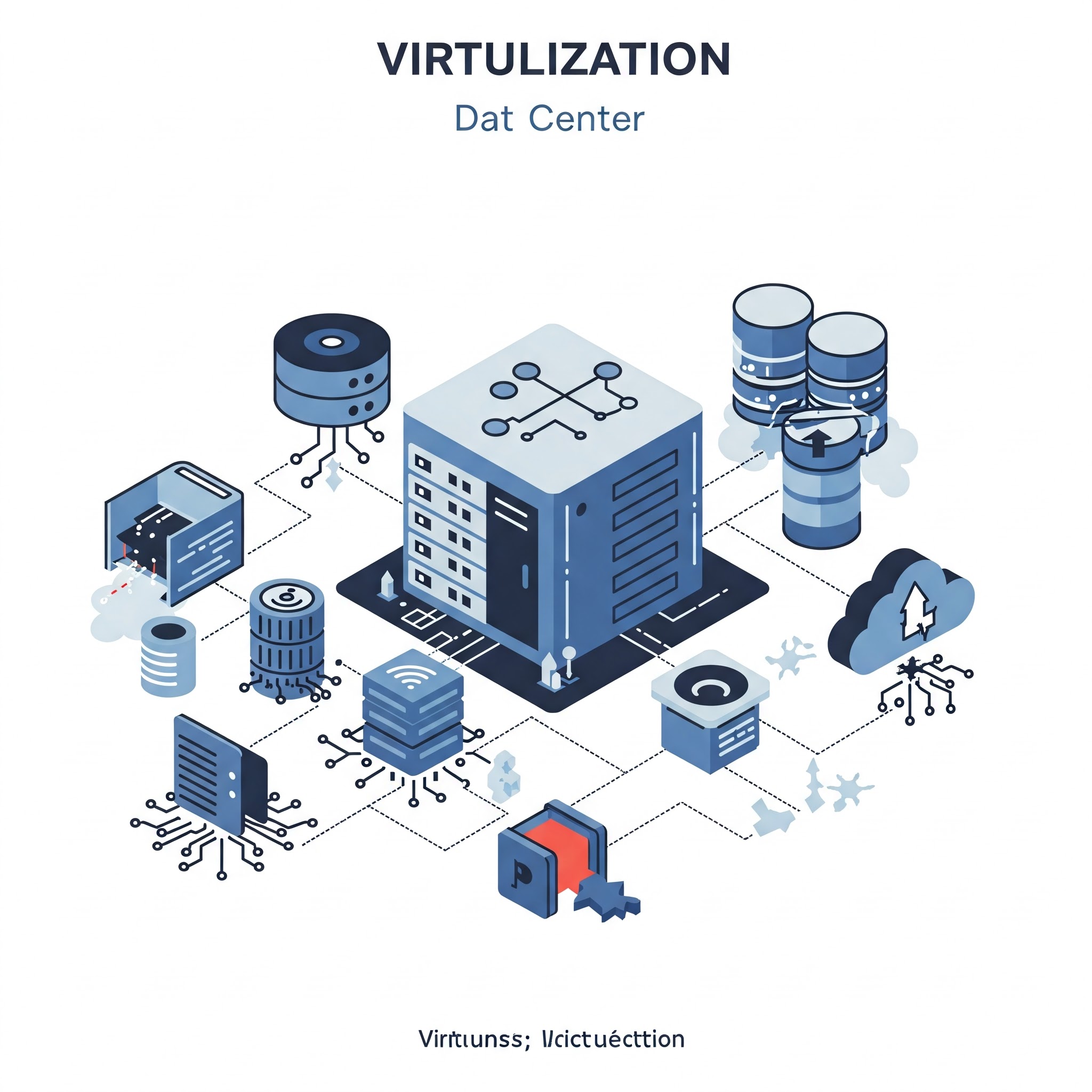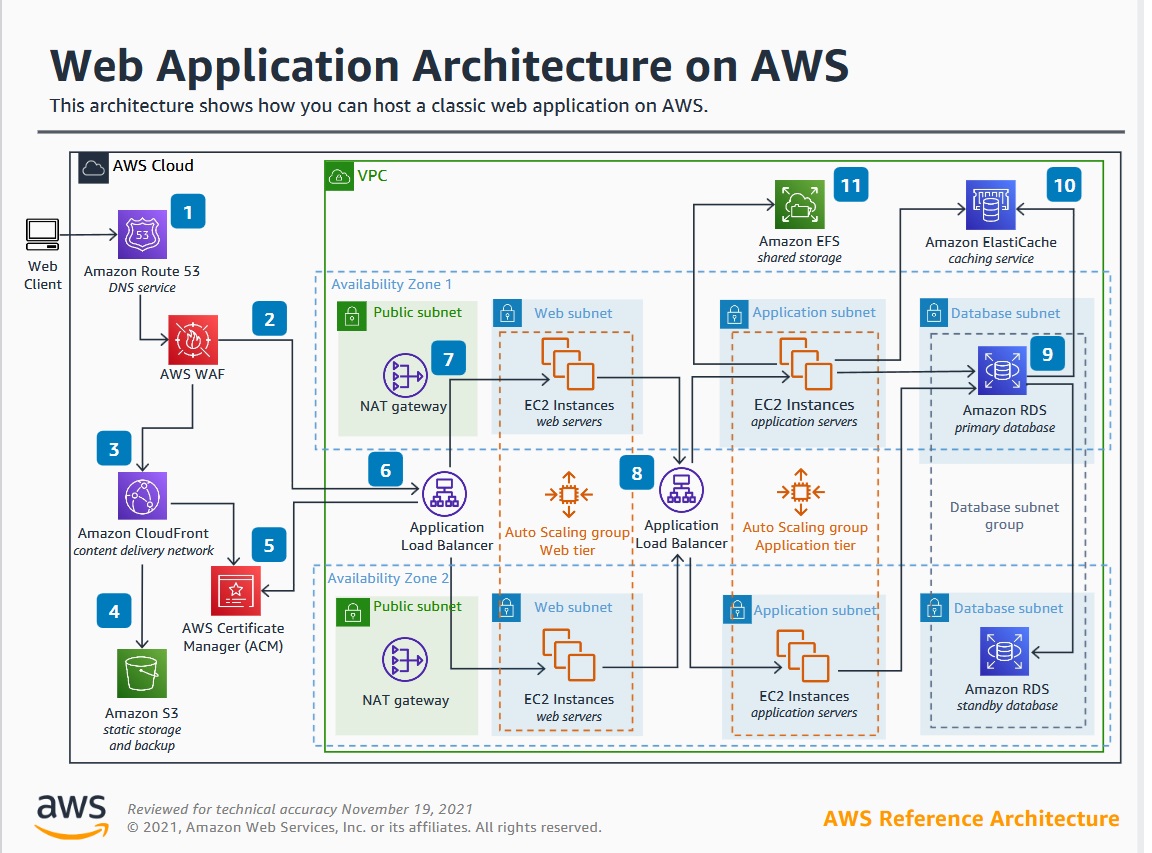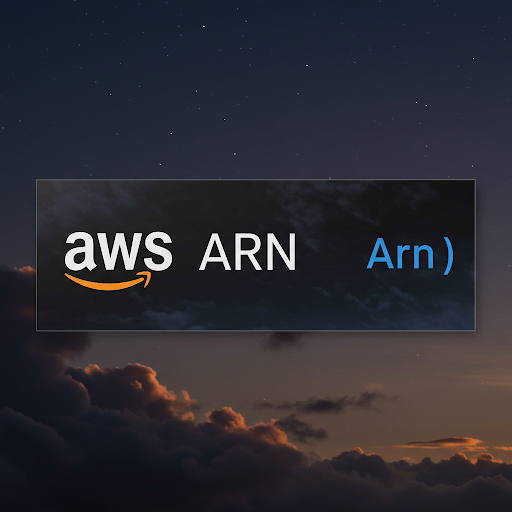
Exploring the Different Types of Virtualization in Cloud Computing
Virtualization in Cloud Computing – A Game Changer
When I first started exploring cloud computing, the term virtualization sounded a bit like tech jargon. It was one of those words that everyone seemed to throw around, but few took the time to explain in simple terms. But over time, I realized that virtualization is the backbone of modern cloud computing – it’s what makes the cloud scalable, efficient, and cost-effective.
In simple terms, virtualization refers to creating a virtual (rather than physical) version of something – whether it's a server, storage device, network, or even an entire operating system. This allows companies to make the most out of their existing hardware, improving resource allocation and flexibility.
If you’ve ever used a cloud service (whether it's for storing photos or running a business app), you’ve likely interacted with some form of virtualization. But what are the different types? Let’s take a closer look.
1. Server Virtualization: Maximizing Hardware Resources
Server virtualization is perhaps the most widely recognized form of virtualization in the cloud. It involves dividing a physical server into multiple virtual machines (VMs), each capable of running its own operating system and applications.
Real-life analogy: Think of server virtualization like renting out rooms in a building. Each room (or virtual machine) is independent, with its own door, windows, and privacy – but they all share the same building infrastructure. In a similar way, each VM on a server shares the physical hardware but operates independently.
Why It Matters:
Cost Efficiency: Companies no longer need to buy separate servers for each application. Instead, they can use a single physical server to run multiple virtual machines, which saves both space and money.
Better Resource Utilization: Virtualized servers ensure that hardware resources (like CPU, memory, and storage) are distributed efficiently.
Flexibility: Server virtualization allows quick scaling – you can easily create new VMs to meet growing demand.
2. Storage Virtualization: Simplifying Data Management
Storage virtualization is another important aspect of cloud computing. It abstracts the physical storage devices (like hard drives and network storage) into a single, virtualized unit that’s easier to manage. This means users can access storage from multiple physical devices without worrying about the complexities of individual drives.
Real-life analogy: Imagine having a digital filing cabinet where all your documents are stored. No matter where the files are physically located, you access them from a single interface. Storage virtualization works the same way, making it easier to manage data across different devices.
Why It Matters:
Simplified Data Management: Storage virtualization makes it easier for businesses to manage and access their data, regardless of where it’s physically stored.
Scalability: With storage being virtualized, businesses can easily increase or decrease storage space as needed without worrying about hardware upgrades.
Improved Data Protection: Virtualized storage can be more easily replicated and backed up, ensuring that data is safe and accessible.
3. Network Virtualization: A More Efficient Network
Network virtualization involves dividing a physical network into multiple, smaller virtual networks that can be managed independently. It allows for better traffic management, optimization, and security.
Real-life analogy: Think of network virtualization as creating multiple lanes on a highway. Each lane can handle a specific type of traffic, which means there’s less congestion and a smoother flow overall. In the same way, virtual networks can be optimized for specific applications or services.
Why It Matters:
Optimized Performance: By segmenting network traffic, companies can prioritize critical services or applications, ensuring they don’t experience slowdowns.
Cost Savings: Virtualized networks allow companies to use their existing hardware more efficiently, reducing the need for additional physical network infrastructure.
Better Security: With network virtualization, it’s easier to implement security measures, such as isolating certain virtual networks from others.
4. Desktop Virtualization: Access Your Work from Anywhere
Desktop virtualization lets users access a virtual desktop environment from any device – whether it's a computer, tablet, or smartphone. In other words, it’s like carrying your entire desktop with you, but it's hosted remotely in the cloud.
Real-life analogy: Think of desktop virtualization like renting a hotel room that has everything you need, no matter which city you’re in. You walk into the room (your virtual desktop) and everything is set up just as it would be at home.
Why It Matters:
Remote Work Flexibility: Employees can work from anywhere, which is especially important in today’s remote-first world.
Centralized Management: IT teams can easily manage and update desktops from a central location, reducing the need for on-site support.
Improved Security: Because data is stored in the cloud, it’s less vulnerable to theft or loss if a device is compromised.
5. Application Virtualization: Simplifying App Deployment
With application virtualization, applications are delivered from a central server to user devices, meaning they don’t need to be installed locally. Users can access applications as though they were installed on their own device, even though they’re running remotely.
Real-life analogy: Think of app virtualization like using an online streaming service. You’re accessing the app (like a movie or song), but it’s not stored on your device – it’s streamed from a central location.
Why It Matters:
Easy App Deployment: IT teams can roll out apps across the company without needing to install them on every single device.
Reduced Resource Usage: Since the app is running remotely, it reduces the demand on local devices, making them run faster and more efficiently.
Cross-Platform Access: Users can access the same applications on different devices, regardless of the operating system or hardware specifications.
Conclusion: Virtualization: The Heart of Cloud Innovation
Whether you're a small business owner or part of a large enterprise, virtualization is a critical part of modern cloud computing. It offers flexibility, efficiency, and scalability, allowing businesses to optimize their IT resources and deliver seamless experiences for users.
I’ve seen firsthand how virtualization transforms operations. For example, one of my clients used to spend countless hours managing their physical servers – but after moving to a virtualized environment, they saw significant improvements in resource usage and were able to scale their infrastructure with ease.
Virtualization is the unsung hero behind many of the cloud services we use today. As cloud computing continues to grow, understanding the different types of virtualization can help you make informed decisions about how to leverage cloud technologies for your business.
I hope this blog has given you a clearer picture of virtualization in cloud computing. If you’re looking to dive deeper into any of these topics, feel free to reach out! I’d be happy to share more insights.
Related Articales
Why Rockstar Games Delays GTA 6 Trailers: A Marketing Strategy Breakdown
Apr 1, 2025.23Getting Started with ArcGIS JavaScript API: A Guide for Developers
Apr 1, 2025.23Object Destructuring in JavaScript: A Simple Guide for Developers
Apr 1, 2025.23Difference Between TypeScript and JavaScript: Which One Should You Choose?
Apr 1, 2025.23




